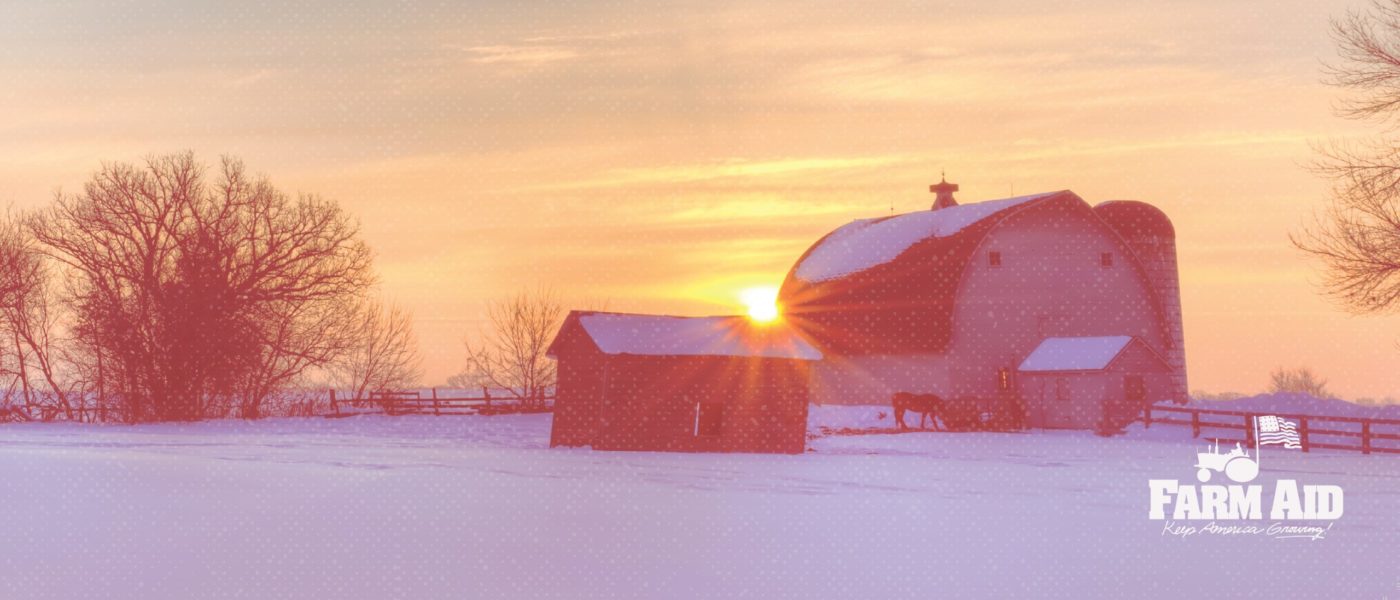July 2005
With all this talk about fresh local foods in schools, I realized that I know where school food comes from. Where does the food come from if it doesn’t come directly from farms? How is it purchased?
We all made the jokes. In fact, when my grandfather heard that I was working on this conference at Kenyon College about farm to cafeteria programs, the first thing he wanted to know was “Are they going to talk about the meatloaf? What is in that meatloaf!?” And I am sure that we all have stories about mystery school foods.
“The surplus commodities that are distributed to schools are…the same cholesterol rich and saturated-fat heavy products that schools are being told to use less of.”
Seriously now, great question. Second, I have untangled a few pieces of this mystery but it does change from school to school and state to state so the only sure answer for this question is the one that comes directly from your child’s school food buyer or service provider. Now what I do know:
Much of the system that we use to today is based on the National School Lunch Program which was established in 1946. This program provides federal support for those schools that serve USDA approved meals to their students. This support comes in the form of financial reimbursement per meal as well as surplus commodities that have not sold on the general food market. Since 1946, the program (NSLP) has served 187 billion lunches and over 99,800 public and non-profit private schools are currently participating in the program.
That is the introduction. Now let’s start by talking about the commodity system. Sounds scary right? In farm talk, commodities are generally understood as raw product: soy, wheat, corn, milk, etc. For the NSLP, commodities are the more processed version of these products: cheese, bread, butter and meats are all good examples.
“Bonus” commodities make their way into school cafeterias when surpluses exist like at the end of the growing season.
The surplus commodities that are distributed to schools are generally high fat meats, whole milk, processed cheese in short they are the same cholesterol rich and saturated-fat heavy products that schools are being told to use less of. By the USDA’s own admission, when schools attempt to order more nutritious items from commodity lists, they often have difficulty obtaining them because of low demand from other schools and infrequent deliveries. A quick look at the 2004 list of commodities will also let you know that there are no fresh, uncanned or unprocessed fruits and vegetables on this list.
Beyond the questions of fat and cholesterol, most commodity products contain genetically modified ingredients especially those based on corn, soy or dairy. Meats can also be irradiated.
There are a few other categories of food that come into school cafeterias: “bonus” commodities which are delivered to schools at no cost, often in large quantities when surpluses exist like at the end of the growing season. “A la carte” items like pizza and french fries which are not subsidized but are often much more popular with students and of course the snacks, soda and high sugar juices from vending machines.
In addition to the question of how the food is purchased, I wanted to add a little note about where the food is being prepared. Again, this changes from school to school but one thing I was surprised to learn at the conference was that not all meals are actually prepared at the schools themselves. Some schools still do their own cooking but others may outsource this service to a centralized kitchen or a privately owned company kitchen.
Food service providers struggle within this system to try and provide good, hot food to their students at the lowest possible cost their budgets are very tightly restricted. This was something I was surprised to hear about at the conference. Listening to food service staff who were so inventive and creative, learning the ins and outs of the system, to create healthy food for their students but as you can see they have a difficult job.
As a side note, I heard one food service director telling a story about cookies that he invented using refried beans. The kids had no idea and loved them. Talk about creativity!
So that is my little primer on where most school food comes from but if one thing is clear after my involvement with the conference “Putting Local Food on the Table” that there is hope. Since 1996, farm to school programs have been working to provide better food for school children. Today, over 400 school districts in 23 states and approximately 200 colleges and universities have local buying programs. In many cases, these programs operate in combination with school gardens, farm visits, curricula integrating farm to school topics, cooking classes, composting, and recycling programs. And homemade meatloaf can be quite delicious!
Don’t forget to email me with your stories – asklaura@farmaid.org
Until next time,
Laura – The Farm Aid Shopper/Researcher/Question Answerer Extraordinaire!

